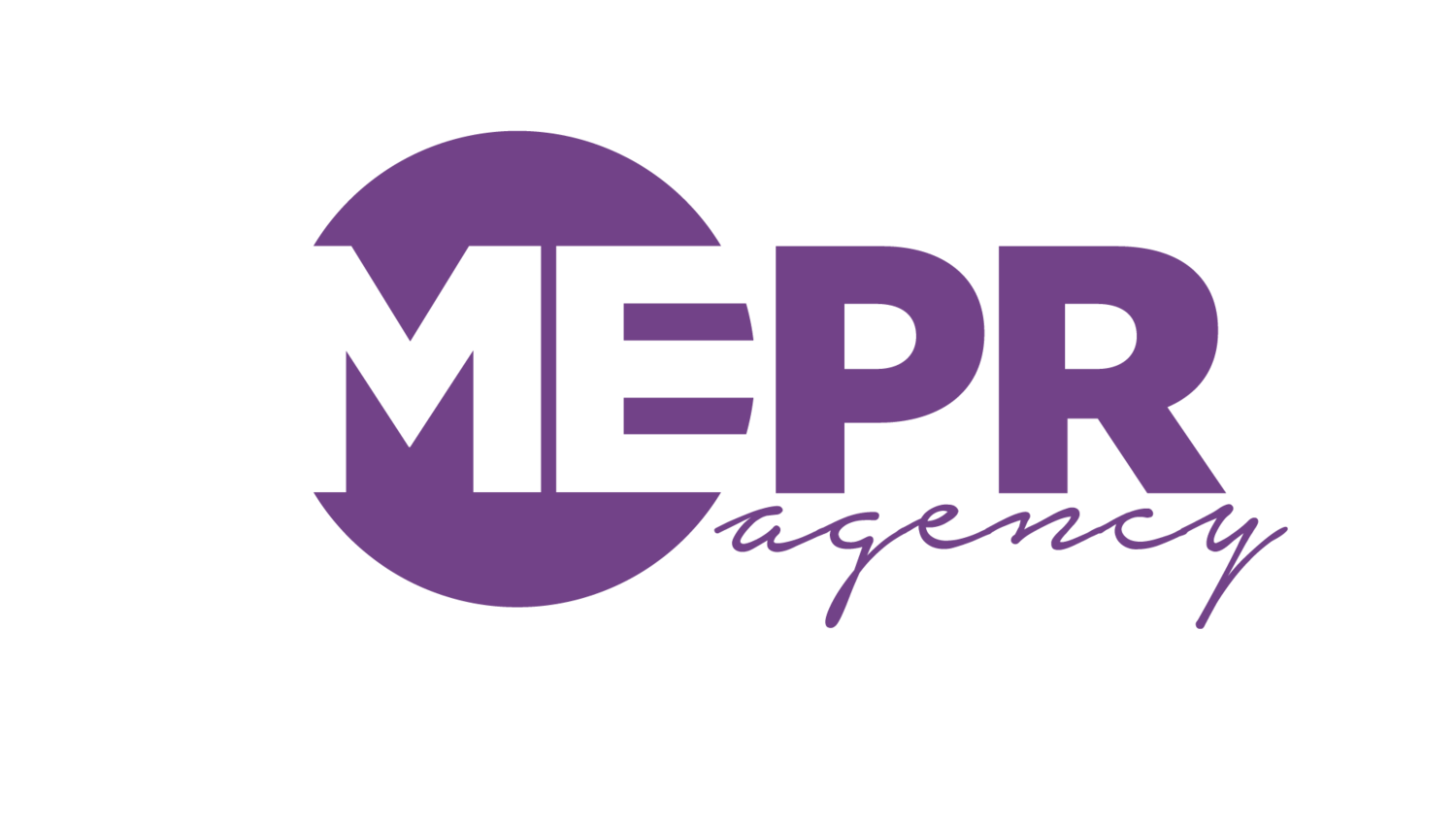Don't forget about the middle; after all, it's the best part
Author TJ Sullivan’s book Motivating the Middle is geared towards college student leaders but can offer us all some valuable insights. Sullivan begins by arguing that all organization are divided into thirds. Oftentimes, there tends to be a few key players putting in most of the work, the upper third. As leaders, we feel compelled to make sure everyone is doing equal work, so we focus our attention on pushing the lower third, only to feel irritation and disappointment when their performance still lags. Often though, the most important segment, is neither the top or bottom group; it is the middle.
Each group has different motivations, and you have to cater your message to their motives to influence behavior changes and boost performance. The top third typically is very results-driven. They are natural leaders who feel strongly attached to the organization, and as a result, its success. Bottom third members tend to do just enough to stay a part of the organization. In corporations, these tend to be people who do only what their job description entails -- no more, no less, and don’t participate in things that are not mandatory. Then you have the middle third.
The middle third are those naturally supportive members of your organization. Though not outright leaders, they bring a good attitude and make sure everyone has what they need. Your organization is a priority to them, though not their highest, wherein lies the issue. Stressors like family circumstances, financial obligations, health issues, and more can easily cause your middle third performers to slip to the bottom third, particularly when they feel the organization is not doing its part to support or appreciate them. So how do you keep the middle motivated?
The top performers tend to be motivated by accomplishments, so awards, recognitions, and promotions are ample motivation. The bottom performers are just there for the paycheck, so focusing on them is usually a lost cause. A better approach is to give the middle segment more incentives that align with them and simply minimize the attention you give to the lower third.
Since the middle third play supportive roles, it is most important for them to feel supported in return. This can take on many forms, but generally small changes might be all that is necessary. Try asking for their feedback more often, aligning their passions with their tasks, and allowing for flexibility with telecommuting or family time, for example. They want to feel included and valued. When they see you giving your attention to only the top or lower third, they may lose their sense of commitment to the organization, and their performance begins to slip.
This concept applies to change management of any kind.
We talk so much about innovation yet tend to forget the stages of adoption. The early adopters and your top supporters will always be your most passionate advocates. The resisters will be disinterested until and unless the change, task, or campaign directly affects them. The majority of people are in the middle. They can be shifted one way or another, depending on how your efforts resonate with them on a personal level. With any campaign, but particularly with community engagement initiatives, it is all too tempting to focus on those who are most vocal and changing the minds of opponents.
Our agency has adopted the term called “community whisperers” to refer to those in the middle. They are not the loudest or most active, but they are the glue of their community, know what’s going on, and are trusted resources. These are the people you must motivate.
Are you planning to embark on a project that includes community trust? Or, are you interested in a workshop on best practices for community engagement? Or, do you want assistance thinking through coalition building with the middle in mind? Contact us today!
